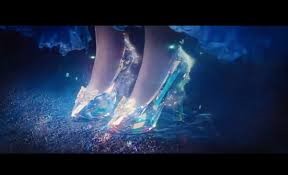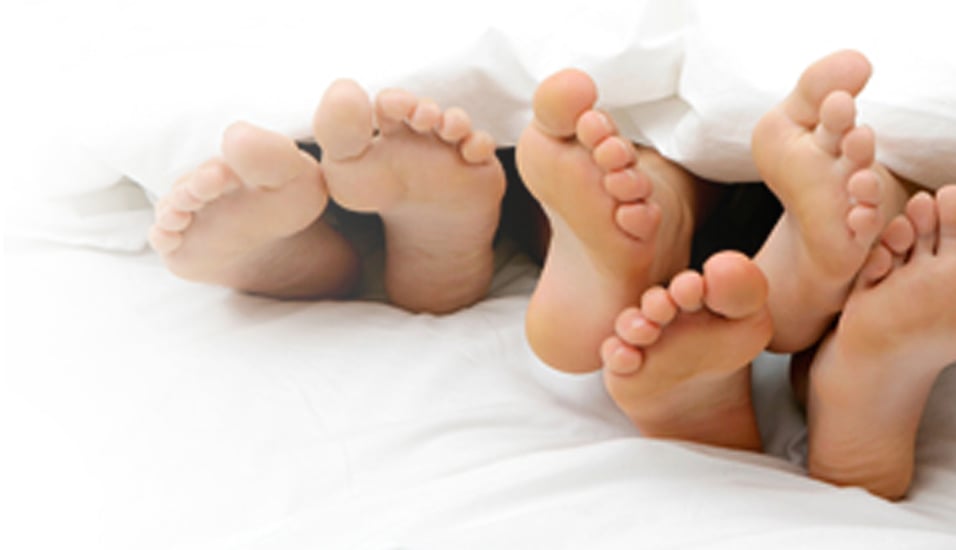 We all have our Cinderella moments when we find the perfect shoe to match the perfect dress for a special occasion. Unfortunately, more often than not, the perfect shoe may not be perfectly comfortable. Like the glass slipper, it can prove to be a walking hazard and give way to injury. How do you choose the right shoe? The right shoe must fit the function. If you are going for a run, naturally go for a running sport shoe rather than a pair of ballet pumps. If you are going for a wedding, you may be excused for choosing a pair of stilettoes to match a dress, but you can take various measures to survive the event with your feet intact. Football boots are also different compared to hiking boots or tennis shoes, and each sport will require their specific functions for safety and efficiency reasons. How do I know the shoe is the right size? Shoes come in different sizes and widths. There are many measurements that companies use to give an indication on how big a shoe is. Most shoe companies in Malaysia will use the European sizing method. However, big brands will carry shoes labelled in different sizing methods such as US, Japan, UK to allow customers to better select the right one. Shoes will also carry width fittings that range from A (narrow) to 4E (Extra wide). By standing on a piece of paper and making a mark at the back of the heel to the tip of the longest toe, you will be able to measure the length of your foot. Measure both feet as there may be discrepancies. Take the bigger measurement and add 1.5-2cm on top of that measurement to get your ideal shoe size. The extra length is approximately a thumb’s width to give your feet room in the front to prevent nail injuries. Measure the side of the widest part of your feet to get the width measurement. The widest part of your shoe should fit at the widest part of your shoe. The depth of the shoe is also important especially if there are toe deformities to prevent rubbing at the top of the foot. Deformities in the feet will make the selection of footwear a little bit more complicated, but not impossible. So, I have managed to find the right shoe type for my foot, is there anything else I need to be aware of before I buy it? Look at the material of the shoe. Is the sole non-slip grip? This is crucial to prevent falls and slippage especially in older people. Is the stitching causing any rubbing? You don’t want blisters developing from rubbing from the shoe. Leather shoes are more breathable than PU leather, and will allow the feet to ‘breathe’, helping to reduce fungal/bacterial infections and excessive moisture in the shoe. Lace up shoes are also more secure compared to a slip on loafer, and will give you more mileage too. A retaining strap or buckle will prevent your shoes falling off your feet and reduce the amount of effort required to by your muscles to hold on to your footwear. How do I prevent injuries when I wear my heels? First and foremost, be sensible. Don’t wear heels for running. Save them for special occasions. Should you be required to wear heels for work, try to keep them below 2 inches in height, and have a chunkier heel instead of a stiletto heel. Get them with straps so reduce the work your feet have to do to walk in them. Wear sensible shoes from home, and only change into your heels at work/event. If you are prone to blistering, pre-empt it by applying a plaster or a dressing spray before the blister forms as a protective layer. Keep the blisters clean and dry and apply a sterile dressing to prevent infection. Corns and callouses can form with time, and are quite painful to walk on. See a qualified podiatrist to get them removed and to assess your biomechanical function. Do not cut them out yourself, or apply corn plasters/solutions especially if you have neuropathy and circulatory disorders. Okay, I have the shoes, then why do I still get corns? Purchasing the correct footwear is a big step to achieving pain free feet. Fastening the shoes on correctly is important to maximise the function of the shoe. If laces are too lose, or there is no retaining strap, the sheering stress will persist, and continue to form callouses and corns. The muscles will have to work harder to stabilise the feet when walking. Therefore, we should always fasten the buckles well, and lace shoes firmly. If you can remove your shoe without undoing any fastenings, they are too loose. Angling your heel upwards at 45° before tightening laces will prevent your feet sliding inside your shoe. Wearing hosiery and socks will also reduce the friction and blister formation. Should you continue to have problems with your feet, please seek assistance from a podiatrist for assessment and treatment of any foot problems.
We all have our Cinderella moments when we find the perfect shoe to match the perfect dress for a special occasion. Unfortunately, more often than not, the perfect shoe may not be perfectly comfortable. Like the glass slipper, it can prove to be a walking hazard and give way to injury. How do you choose the right shoe? The right shoe must fit the function. If you are going for a run, naturally go for a running sport shoe rather than a pair of ballet pumps. If you are going for a wedding, you may be excused for choosing a pair of stilettoes to match a dress, but you can take various measures to survive the event with your feet intact. Football boots are also different compared to hiking boots or tennis shoes, and each sport will require their specific functions for safety and efficiency reasons. How do I know the shoe is the right size? Shoes come in different sizes and widths. There are many measurements that companies use to give an indication on how big a shoe is. Most shoe companies in Malaysia will use the European sizing method. However, big brands will carry shoes labelled in different sizing methods such as US, Japan, UK to allow customers to better select the right one. Shoes will also carry width fittings that range from A (narrow) to 4E (Extra wide). By standing on a piece of paper and making a mark at the back of the heel to the tip of the longest toe, you will be able to measure the length of your foot. Measure both feet as there may be discrepancies. Take the bigger measurement and add 1.5-2cm on top of that measurement to get your ideal shoe size. The extra length is approximately a thumb’s width to give your feet room in the front to prevent nail injuries. Measure the side of the widest part of your feet to get the width measurement. The widest part of your shoe should fit at the widest part of your shoe. The depth of the shoe is also important especially if there are toe deformities to prevent rubbing at the top of the foot. Deformities in the feet will make the selection of footwear a little bit more complicated, but not impossible. So, I have managed to find the right shoe type for my foot, is there anything else I need to be aware of before I buy it? Look at the material of the shoe. Is the sole non-slip grip? This is crucial to prevent falls and slippage especially in older people. Is the stitching causing any rubbing? You don’t want blisters developing from rubbing from the shoe. Leather shoes are more breathable than PU leather, and will allow the feet to ‘breathe’, helping to reduce fungal/bacterial infections and excessive moisture in the shoe. Lace up shoes are also more secure compared to a slip on loafer, and will give you more mileage too. A retaining strap or buckle will prevent your shoes falling off your feet and reduce the amount of effort required to by your muscles to hold on to your footwear. How do I prevent injuries when I wear my heels? First and foremost, be sensible. Don’t wear heels for running. Save them for special occasions. Should you be required to wear heels for work, try to keep them below 2 inches in height, and have a chunkier heel instead of a stiletto heel. Get them with straps so reduce the work your feet have to do to walk in them. Wear sensible shoes from home, and only change into your heels at work/event. If you are prone to blistering, pre-empt it by applying a plaster or a dressing spray before the blister forms as a protective layer. Keep the blisters clean and dry and apply a sterile dressing to prevent infection. Corns and callouses can form with time, and are quite painful to walk on. See a qualified podiatrist to get them removed and to assess your biomechanical function. Do not cut them out yourself, or apply corn plasters/solutions especially if you have neuropathy and circulatory disorders. Okay, I have the shoes, then why do I still get corns? Purchasing the correct footwear is a big step to achieving pain free feet. Fastening the shoes on correctly is important to maximise the function of the shoe. If laces are too lose, or there is no retaining strap, the sheering stress will persist, and continue to form callouses and corns. The muscles will have to work harder to stabilise the feet when walking. Therefore, we should always fasten the buckles well, and lace shoes firmly. If you can remove your shoe without undoing any fastenings, they are too loose. Angling your heel upwards at 45° before tightening laces will prevent your feet sliding inside your shoe. Wearing hosiery and socks will also reduce the friction and blister formation. Should you continue to have problems with your feet, please seek assistance from a podiatrist for assessment and treatment of any foot problems.
This article is contributed by Stella Chai, Podiatrist, IMU Healthcare









